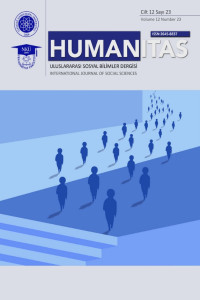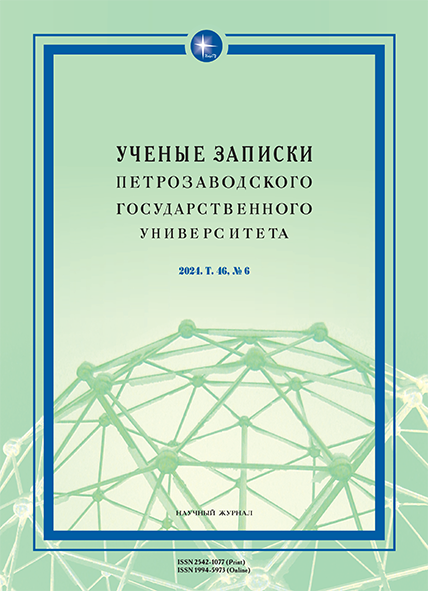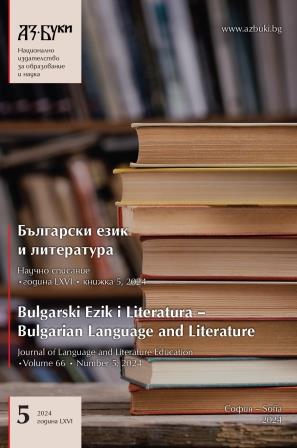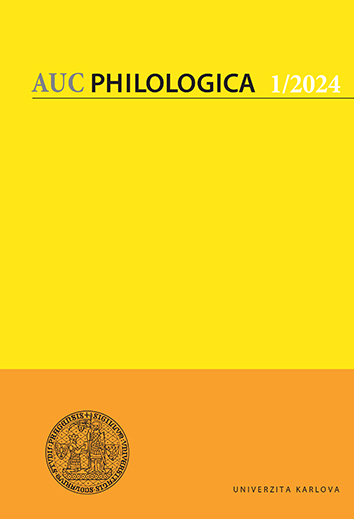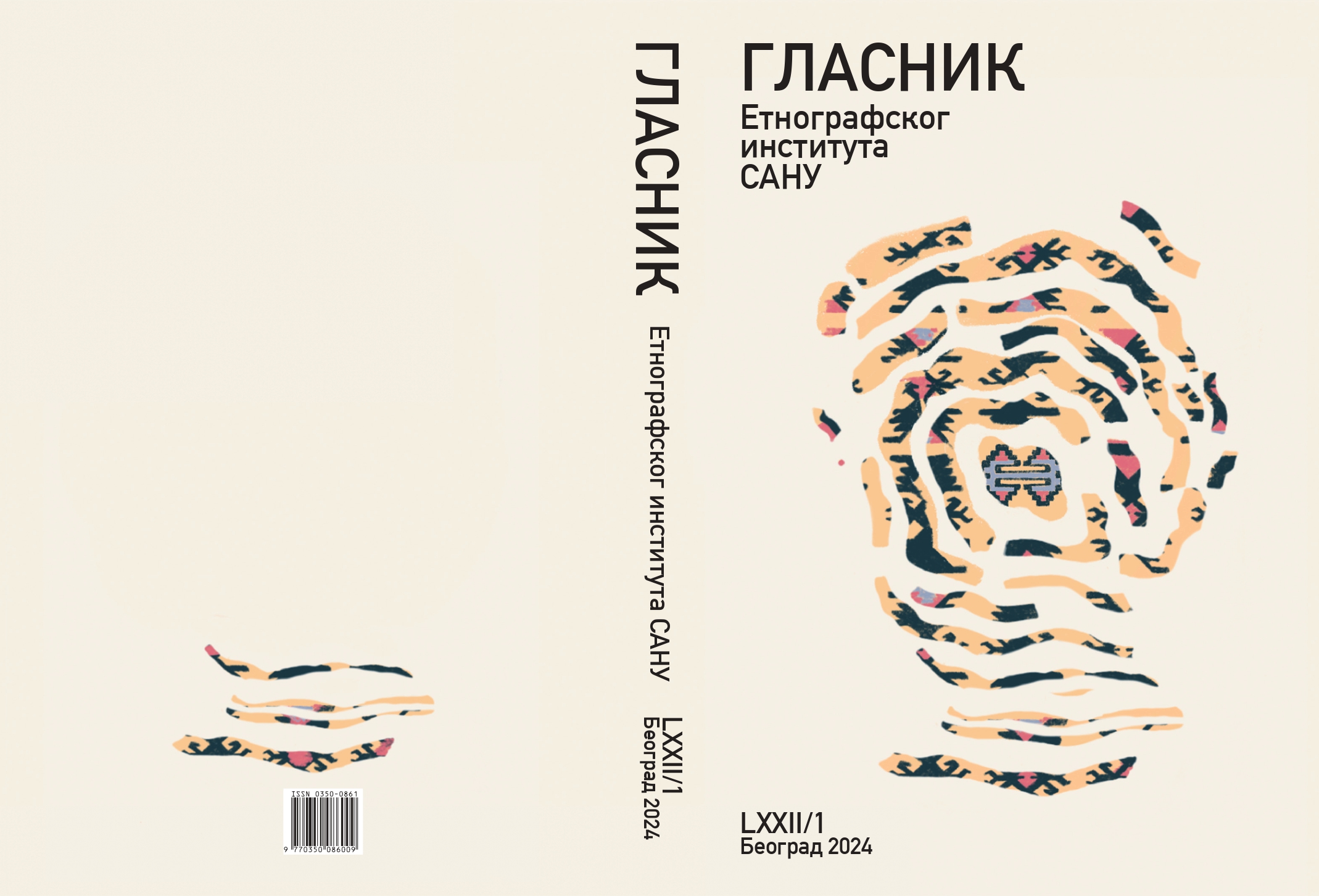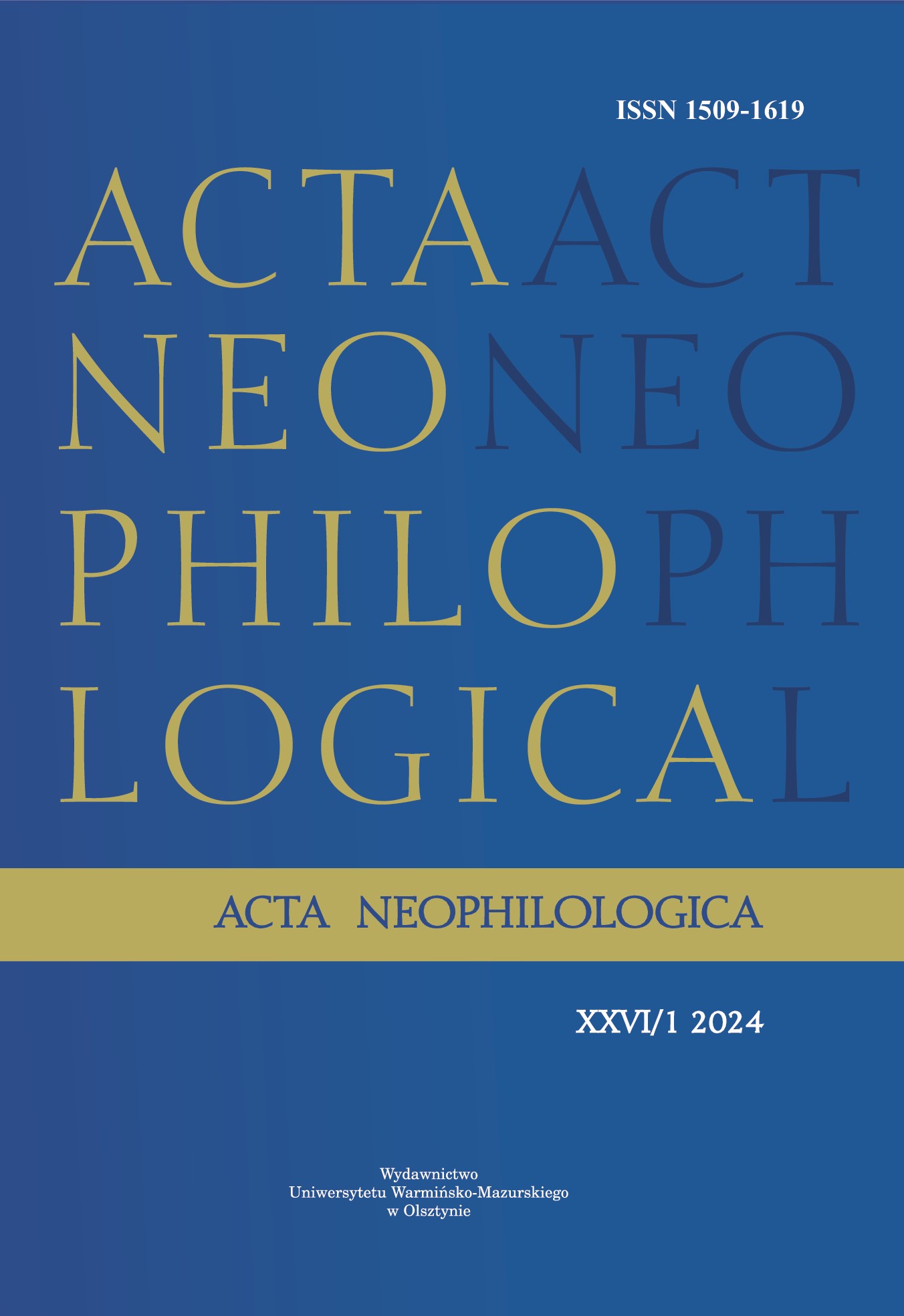
Anglicyzmy z zakresu ekologii w polskiej i rosyjskiej prasie typu life styl
This article deals with the neologisms of Anglo-American provenance which refer semantically to ecology. The source of the excerpted factual material is Polish and Russianlanguage glossy lifestyle magazines. The presence of “ecological anglicisms” in the discourse analyzed testifies to the pragmatic need to unify the communication of different nations in the field of global environmental protection, and may be due, among other factors, to psychological reasons, such as the fashion of using English, or the need to promote the ideological solidarity of societies towards “Mother Nature”. The aim of the analysis is to determine the specificities of the collected units in terms of their conceptual domains and other formal characteristics. The examination of the material shows that some characteristics are visible in it, e. g. the dominance of units with meliorative colours, the high prevalence of “ecological anglicisms” in the form of citations, the internationality of loanwords, etc.
More...
